
Snakes in Arizona
Arizona is home to a variety of snakes, each with its unique characteristics and habitat. These fascinating creatures are an essential part of Arizona's ecosystem and play an important role in maintaining the balance of nature. It's important to keep in mind that some of these snakes are venomous, such as the Western Diamondback rattlesnake and the Arizona coral snake. Other snakes are non-venomous and may even be helpful to have around your home! Read more about some of the common Arizona snakes and how to enjoy a snake encounter in the parks.
Snake Safety
Snakes will usually try to avoid humans, but if they feel threatened, they may strike. If you are hiking or exploring in areas known to have snakes, it's a good idea to wear protective clothing and sturdy boots. Always remain on the relative safety of the trail as snakes usually prefer to hide in places like under rocks and in crevices. In case of a snake bite, seek medical attention immediately. It's important to remain calm and avoid moving too much, as this can cause the venom to spread more quickly. Click below to listen to our conversation with some of Arizona's foremost reptile experts: the Phoenix Herpetological Sanctuary. Katelyn Garcia, the sanctuary's Education & Outreach Director and Cale Morris, Venom Manager for the sanctuary, help us understand the importance of these reptiles and how we can be safe while sharing the outdoors with snakes.
Types of Snakes in Arizona
Western Diamondback Rattlesnake
One of the most common Arizona snakes is the Western Diamondback rattlesnake. This venomous snake can be found throughout the state, from the deserts to the grasslands. They prefer rocky terrain and are often found near rocky outcroppings or in crevices. Western rattlesnakes can be found in various habitats throughout Arizona, including deserts, grasslands, and forests. The Western Diamondback is easily identified by the distinct diamond pattern on its back and the rattle on its tail. (Photo credit: @joshtherio)

Western Black-Tailed Rattlesnake
Western black-tailed rattlesnakes are known for their distinctive black tails, which is the source of its name. It is one of the smallest rattlesnakes in North America, typically measuring between two and three feet in length. Despite its small size, this snake is a formidable predator, using its venomous bite to subdue its prey. This species of rattlesnake is found in a variety of habitats throughout Arizona, including deserts, grasslands, and woodlands. The western black-tailed rattlesnake is often misunderstood and feared by humans. It is important to remember that these snakes are not aggressive and will only bite if they feel threatened.
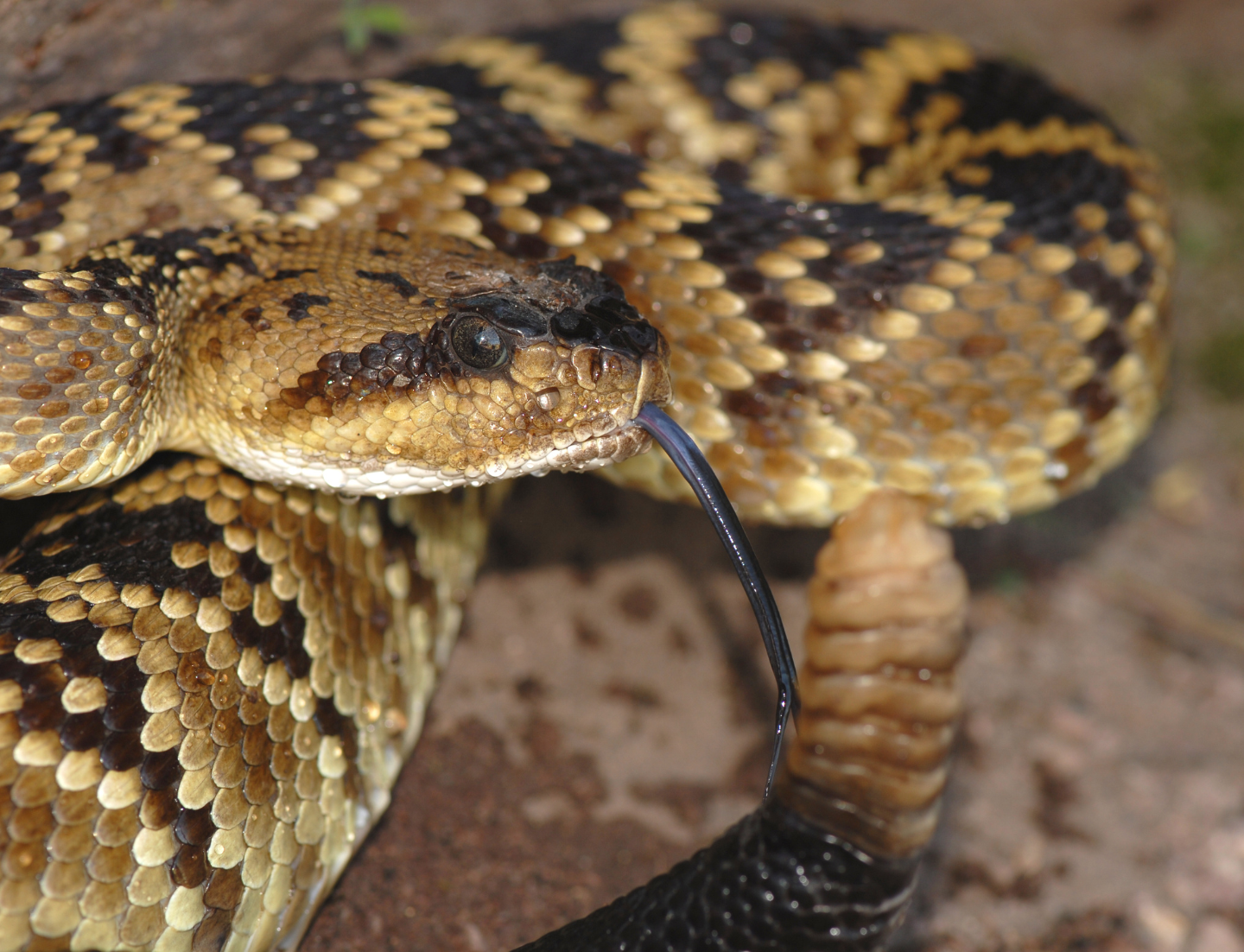
Mohave Rattlesnake
The Mohave rattlesnake is another species of venomous snake that can be found in Arizona. This species is easily recognized by its distinctive diamond-shaped head and black and white banded tail. The rest of its body is typically a light brown or gray color. The Mohave rattlesnake is a relatively large species, with adult specimens typically measuring between three and four feet in length. It is found in a variety of habitats throughout Arizona, including desert scrub, grasslands, and rocky hillsides. (photo credit: @arizona_adam_photography)

Black Rattlesnake
The black rattlesnake can be found in higher elevations of Arizona and western New Mexico. These snakes are dark grayish, brownish black, reddish brown, or blackish in color, helping them blend with the surrounding vegetation. The black rattlesnake reaches two to four feet in length. They enjoy forests and leaf litter, making it easier for them to surprise their prey of small mammals.
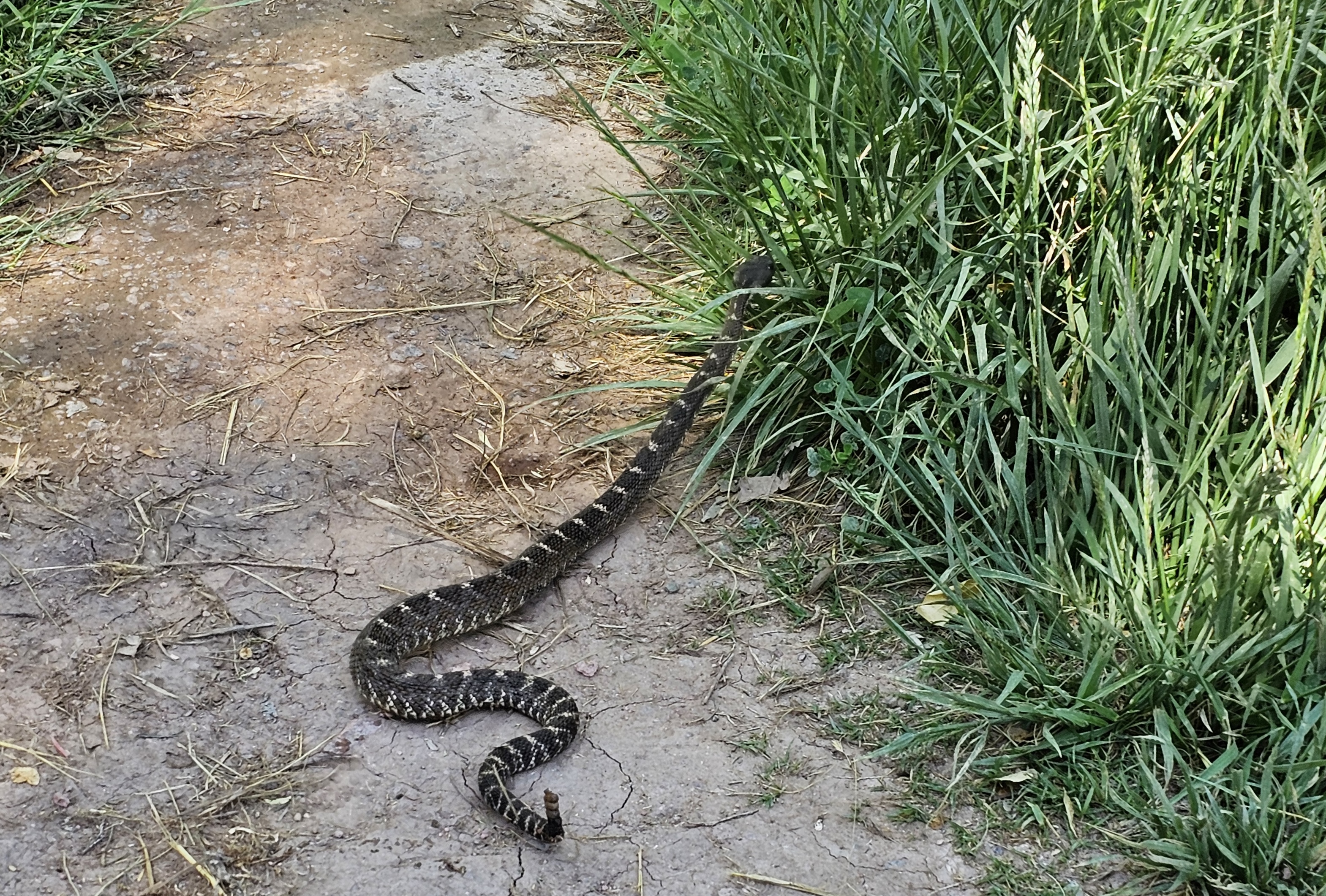
Kingsnake
This helpful snake is a rattlesnake's worst enemy! These powerful constrictors prey on snakes (like rattlesnakes), rats, mice, lizards and even small birds. Species found within Arizona include the California, western black, and desert kingsnakes. In most of the Sonoran Desert, kingsnakes are dark brown or black with narrower bands of yellow, white, or cream going around the body, widening on the belly. Kingsnakes are harmless to humans and reach lengths of about 3.5 feet.
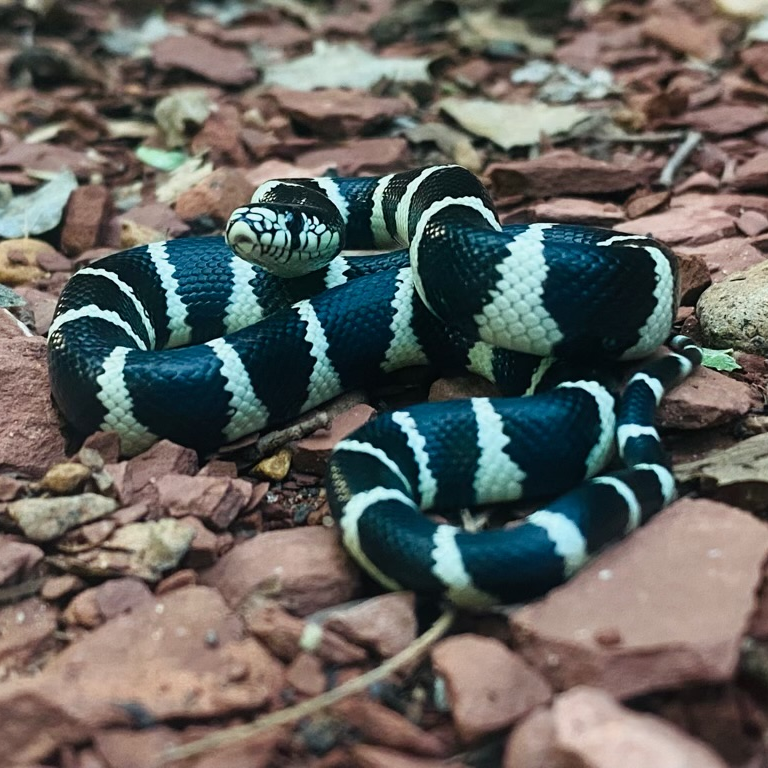
Gopher Snake
One of the most common snakes you may encounter in Arizona is the gopher snake. These non-venomous snakes can grow up to six feet long and are often mistaken for rattlesnakes due to their similar coloring and pattern. However, gopher snakes have round pupils and lack the characteristic rattle of a rattlesnake. Gopher snakes have been reported to reach up to nine feet in length, but four feet is more common. They are one of the most widespread snakes in North America and can be found in deserts, prairies, woodlands, brushlands, coniferous forests, and even cultivated lands.
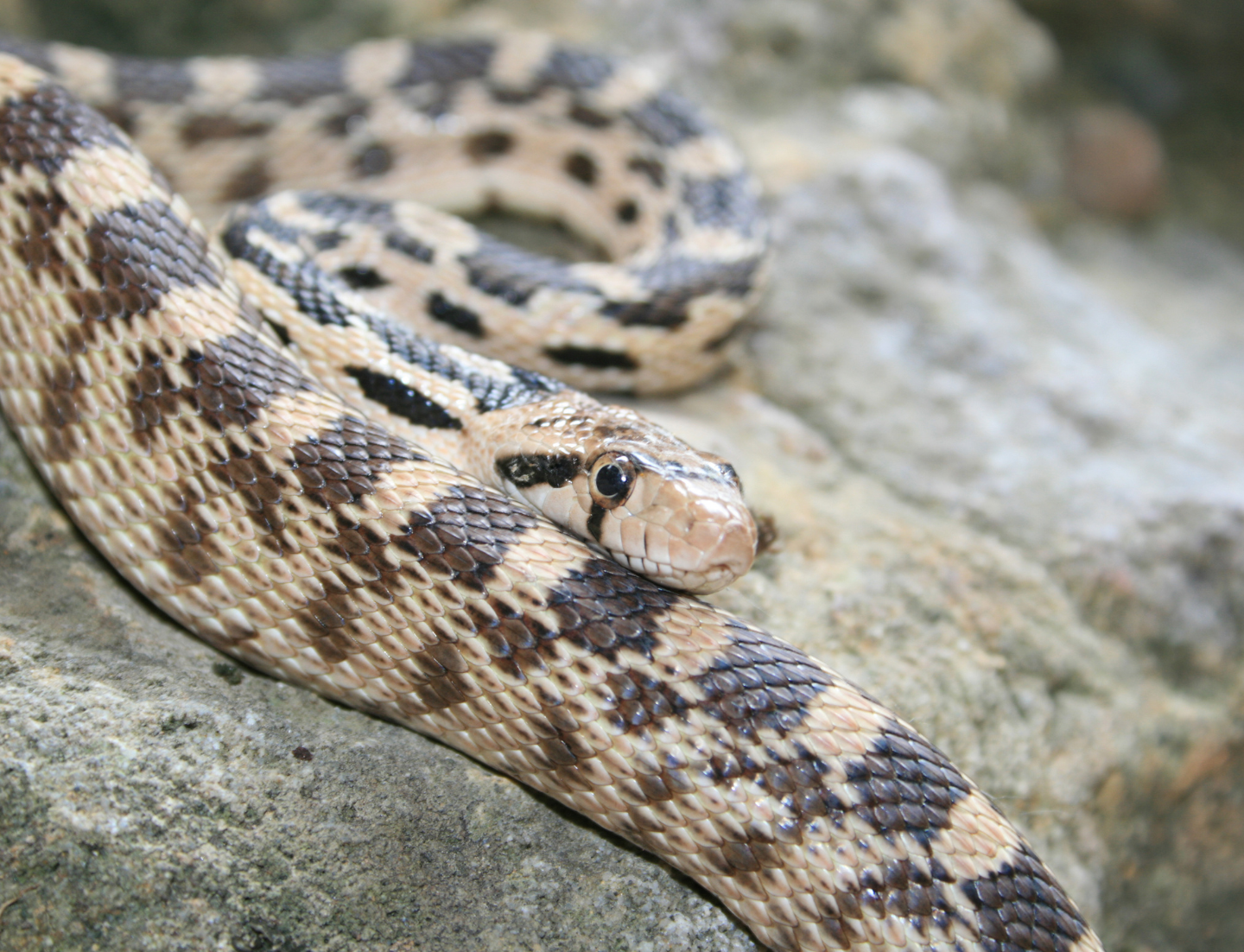
Coral Snake
These small snakes are venomous and pack a punch similar to a cobra, but because of their small size, are not as dangerous to humans as rattlesnakes. They are easily recognized by their red, yellow, and black banding and are often found in rocky areas or areas with dense vegetation. These snakes are shy and are rarely seen by humans. Coral snakes typically come out around sunset and stay active into the night.
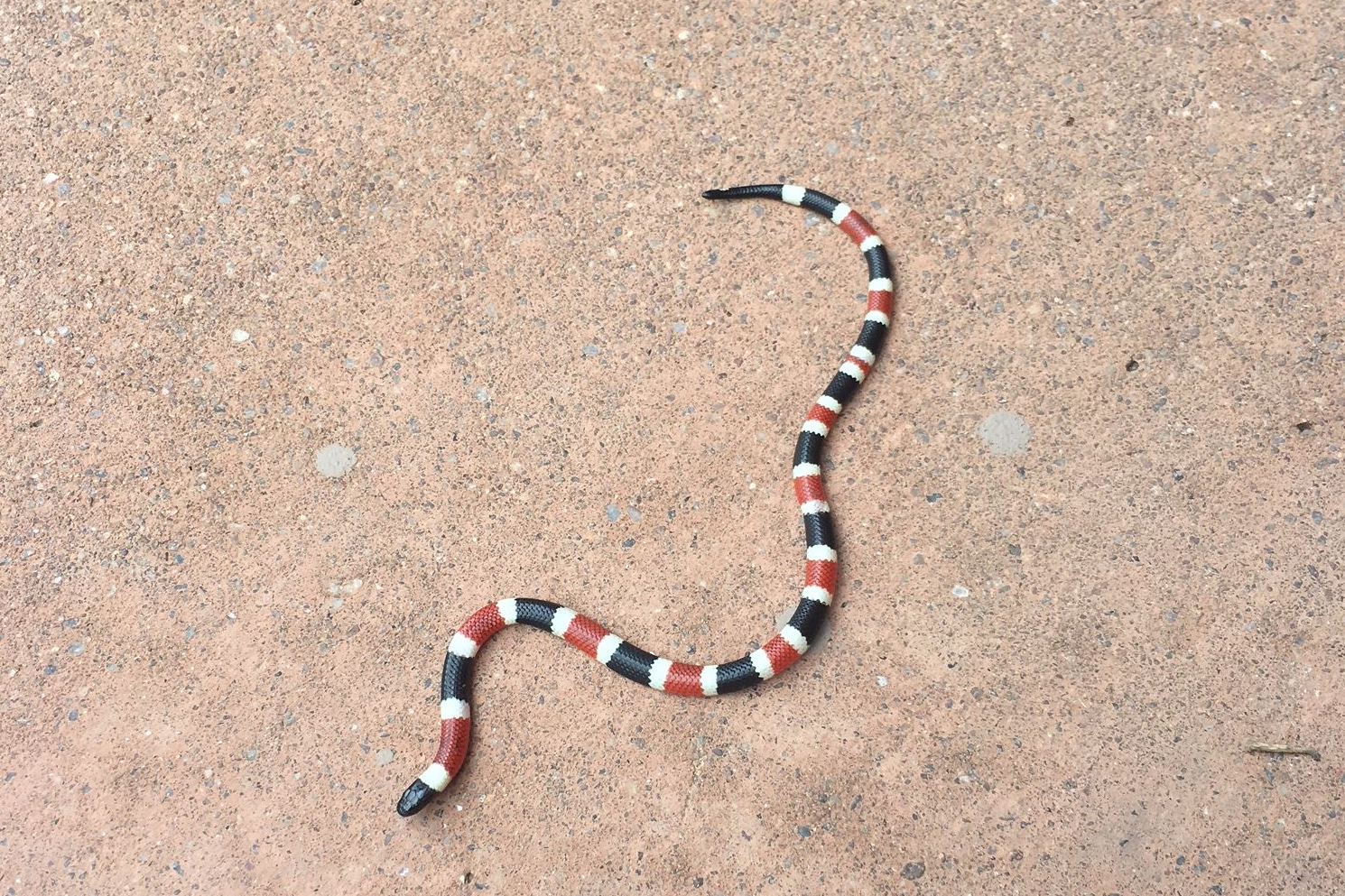
Sonoran Desert Sidewinder
Another common snake in Arizona is the Sonoran Desert sidewinder. This unique snake has adapted to life in the hot, arid desert and can be found throughout southern Arizona. They are small, fast-moving snakes with a distinctive sideways movement, which allows them to move quickly over the loose sand. They are often found in sandy washes or on rocky slopes. (Photo credit: @joshtherio)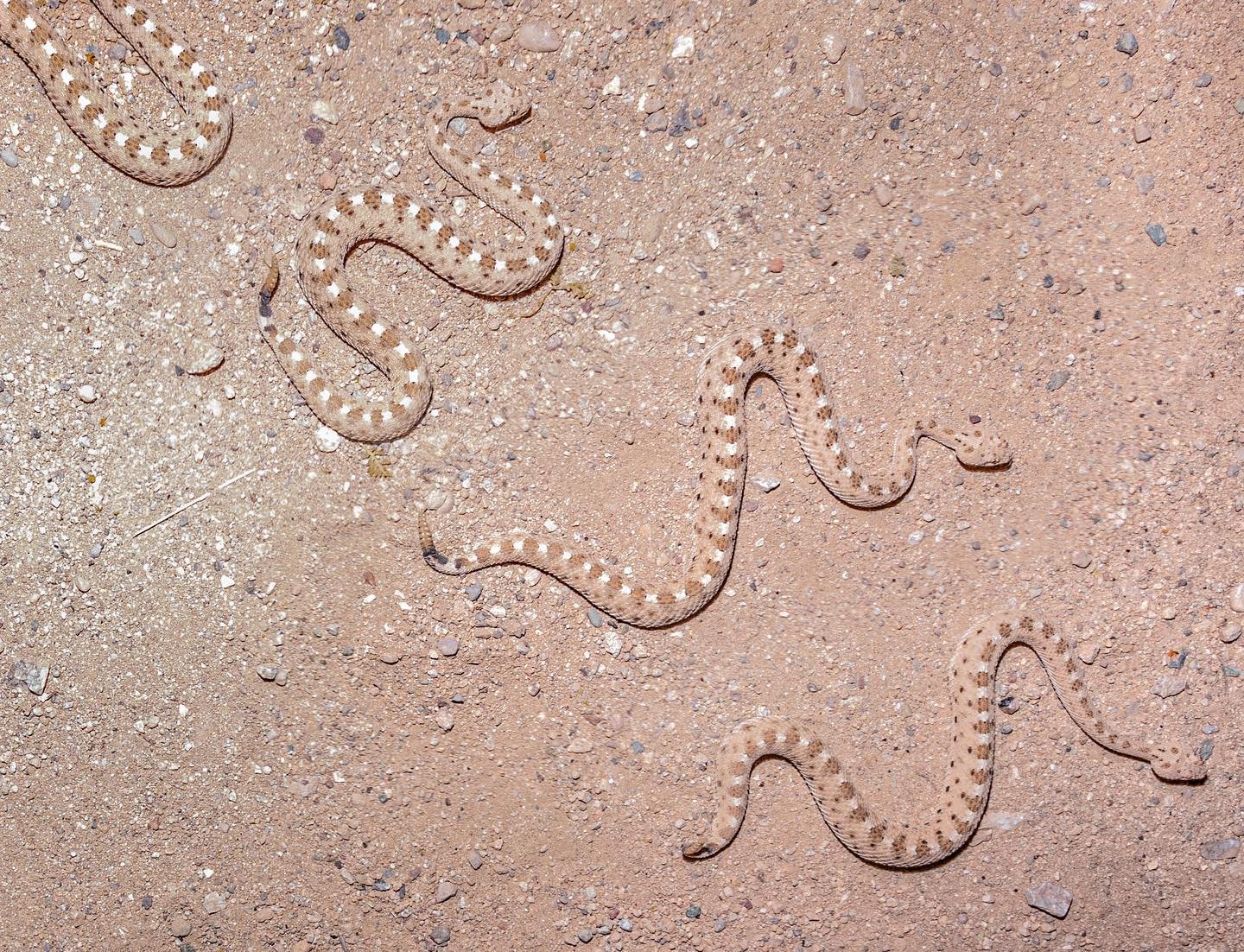
Coachwhip
The coachwhip is typically found in desert areas, and its preferred habitat includes rocky hillsides and sandy washes. The coachwhip is a slender snake that can grow up to six feet in length. Its coloration can vary, but it is typically a reddish-brown or tan color with a black tail. The coachwhip is a fast and agile snake, and it is known for its impressive speed and ability to climb trees. It is also known for its aggressive behavior when threatened, and it may attempt to strike or bite if it feels cornered. However, it is important to note that the coachwhip is not venomous and its bite is not considered dangerous to humans. In the wild, the coachwhip is an important predator that feeds on a variety of prey, including lizards, snakes, and small mammals. (photo credit: @dvprophoto)

Garter Snakes
These snakes are typically small and slender, with a length of around two feet. They are usually green or brown in color, with stripes or spots running down their backs. Two Arizona varieties of garter snake are the black-necked and western terrestrial. Garter snakes are known for their docile nature and are not aggressive towards humans. They are also non-venomous, so their bite is not harmful to humans. These snakes are often found near water sources, such as streams or ponds, where they can hunt for their preferred prey. Garter snakes are opportunistic feeders, and they will eat a variety of prey, including insects, fish, frogs, and small rodents.

Long-nosed Snakes
The long-nosed snake is slender and can grow up to three feet in length. It has a distinctive long and pointed snout, which it uses to hunt its prey. Its coloration varies, but it is typically brown or black with a series of light-colored stripes running down its body. The long-nosed snake is a carnivore and primarily feeds on small rodents, lizards, and other snakes. It is also known to eat eggs. Like the garter snake, the long-nosed snake is non-venomous and poses no threat to humans. These snakes are typically active during the day and prefer to be solitary hiding under rocks or in crevices.
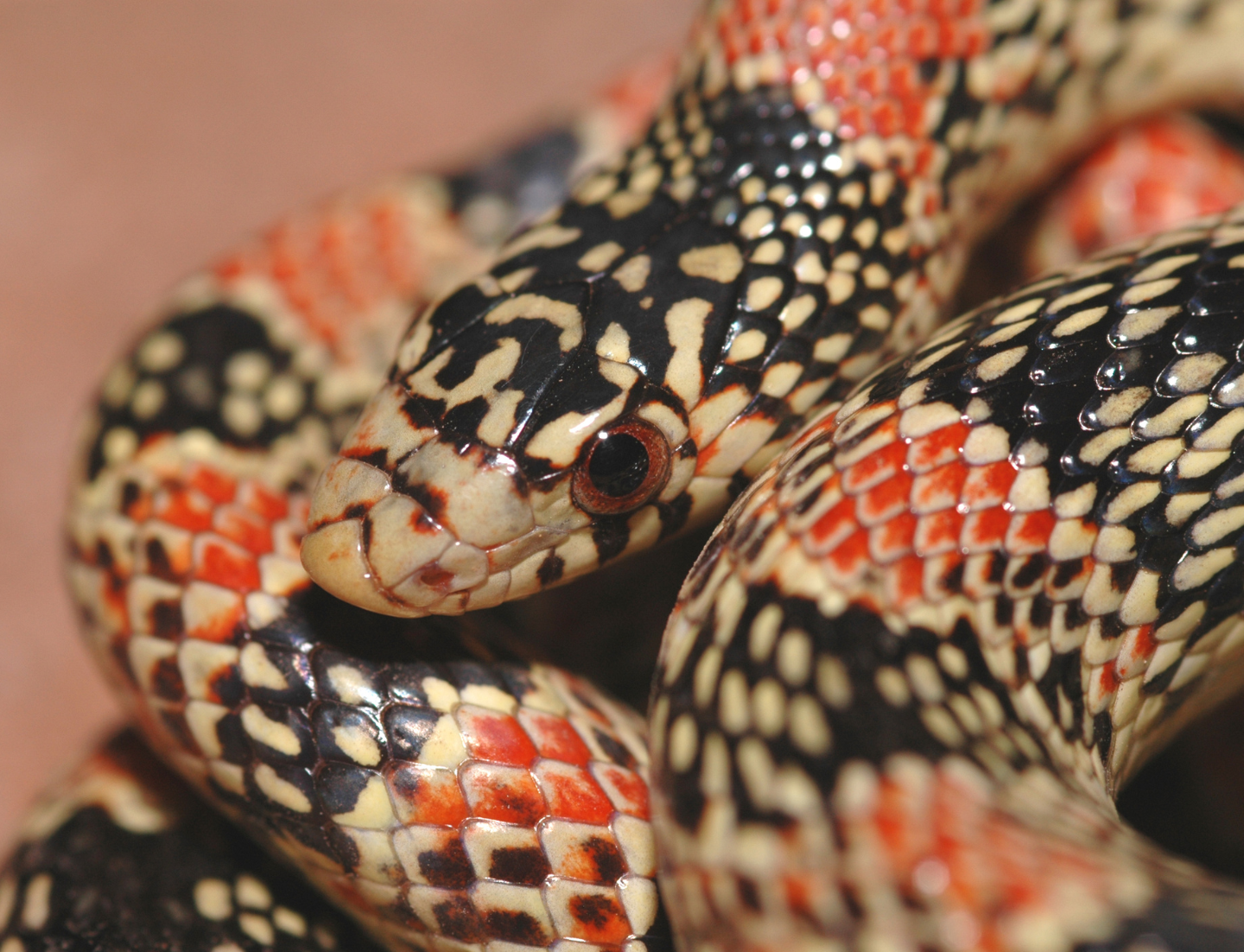
Snakes in the Parks
It's important to remember that snakes are wild animals and should be treated with respect. If you encounter a snake in a park, it's best to keep your distance and observe from afar. Do not attempt to touch or handle the snake, as this can be dangerous for both you and the snake. If the snake is in a road or another area where it may be in danger, alert a park ranger about its location. You can enjoy watching these fascinating reptiles during your visit, but keep a low profile and move slowly and quietly. Snakes are sensitive to vibrations and may be scared off by sudden movements or loud noises.

